Auto-Trak algorithm: This algorithm automatically adjusts the ventilator’s settings to match the patient’s breathing pattern. This helps to reduce the work of breathing for the patient and improve patient-ventilator synchrony.
Flow-Trak algorithm: This algorithm helps to ensure that the patient receives a consistent flow of air during inspiration. This helps to prevent air hunger and improve gas exchange.
Baby-Trak algorithm: This algorithm is specifically designed for use with neonates. It takes into account the unique breathing characteristics of neonates and helps to provide the optimal ventilation settings for these patients.
APRV mode: This mode of ventilation is used to treat acute respiratory distress syndrome (ARDS). It provides a continuous positive airway pressure (CPAP) level during inspiration and expiration, with short periods of pressure release. This helps to improve gas exchange and reduce the work of breathing for patients with ARDS.
Neonatal ventilation modes: The V200 ventilator offers a number of specialized ventilation modes for neonates, including:
Continuous positive airway pressure (CPAP)
Pressure-limited synchronized intermittent mandatory ventilation (SIMV)
High-frequency oscillation ventilation (HFOV)
The V200 ventilator is also equipped with a number of features that make it easy to use and maintain, including:
5.7-inch color touchscreen: The touchscreen display makes it easy to view and adjust the ventilator’s settings.
USB and Ethernet ports: The USB and Ethernet ports allow the ventilator to be connected to a computer or hospital information system.
Built-in battery: The built-in battery provides up to 2 hours of backup power in the event of a power outage.
The Philips V200 ventilator is a powerful and versatile critical care ventilator that offers a wide range of features and capabilities. It is a good choice for use in all patient populations, from adults to neonates.
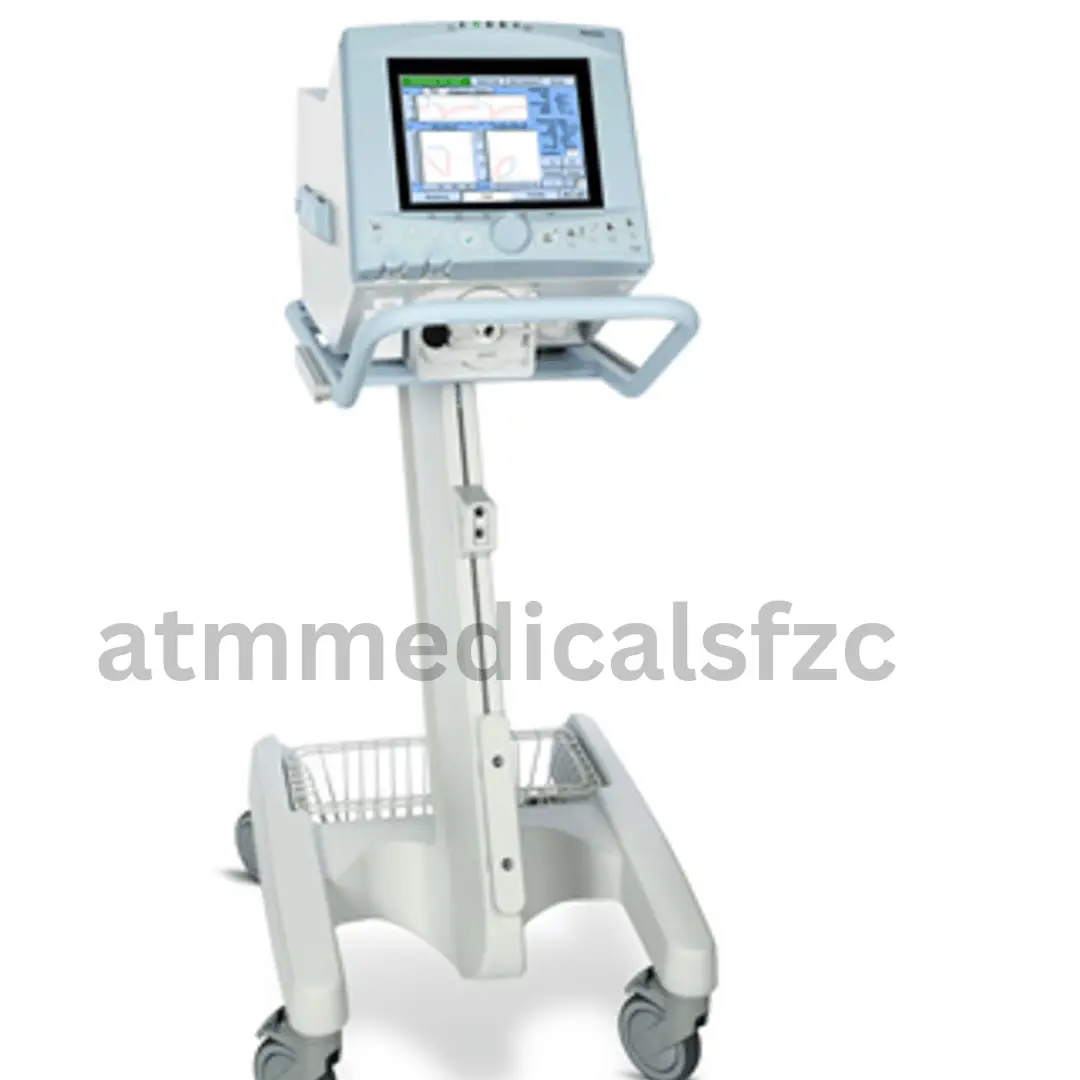

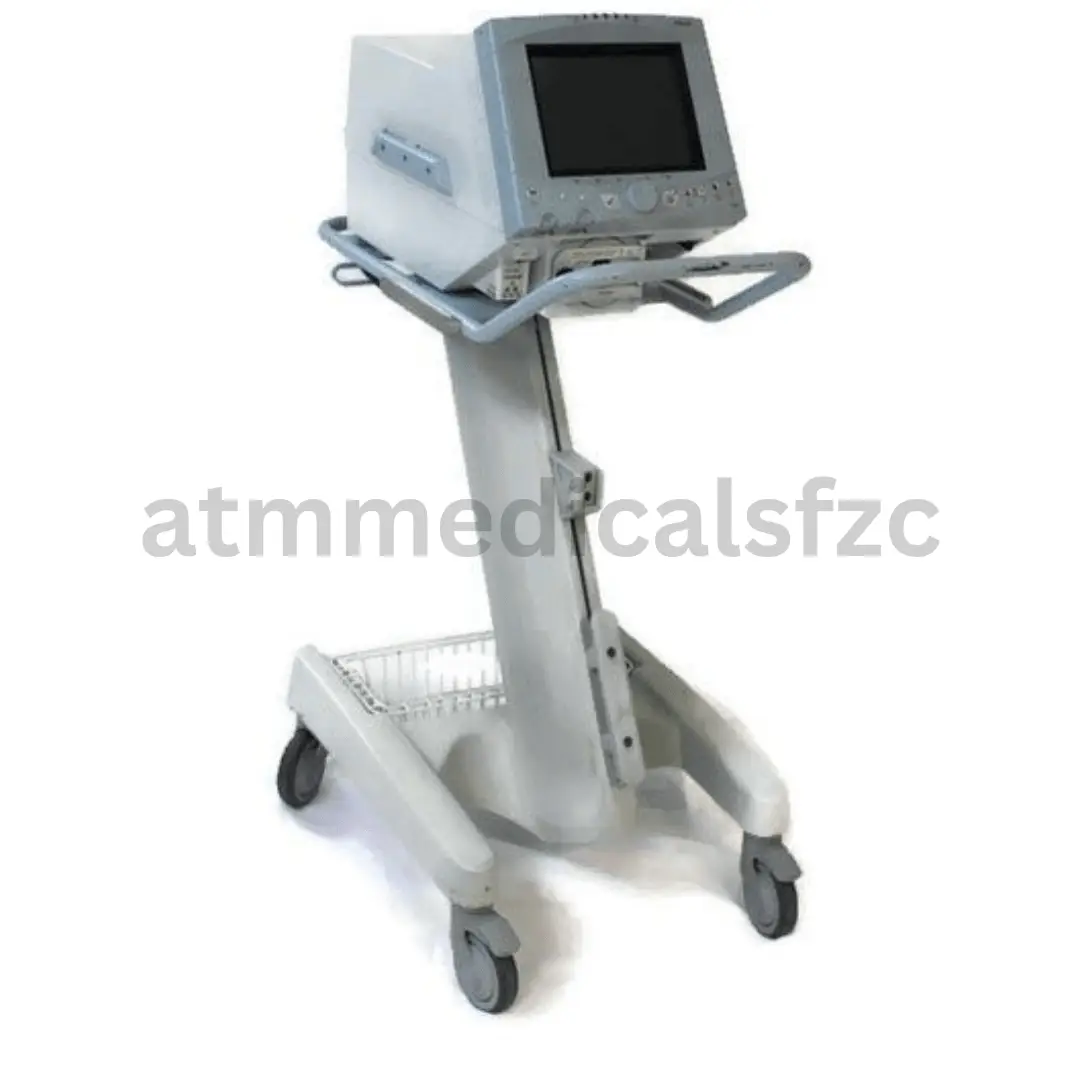
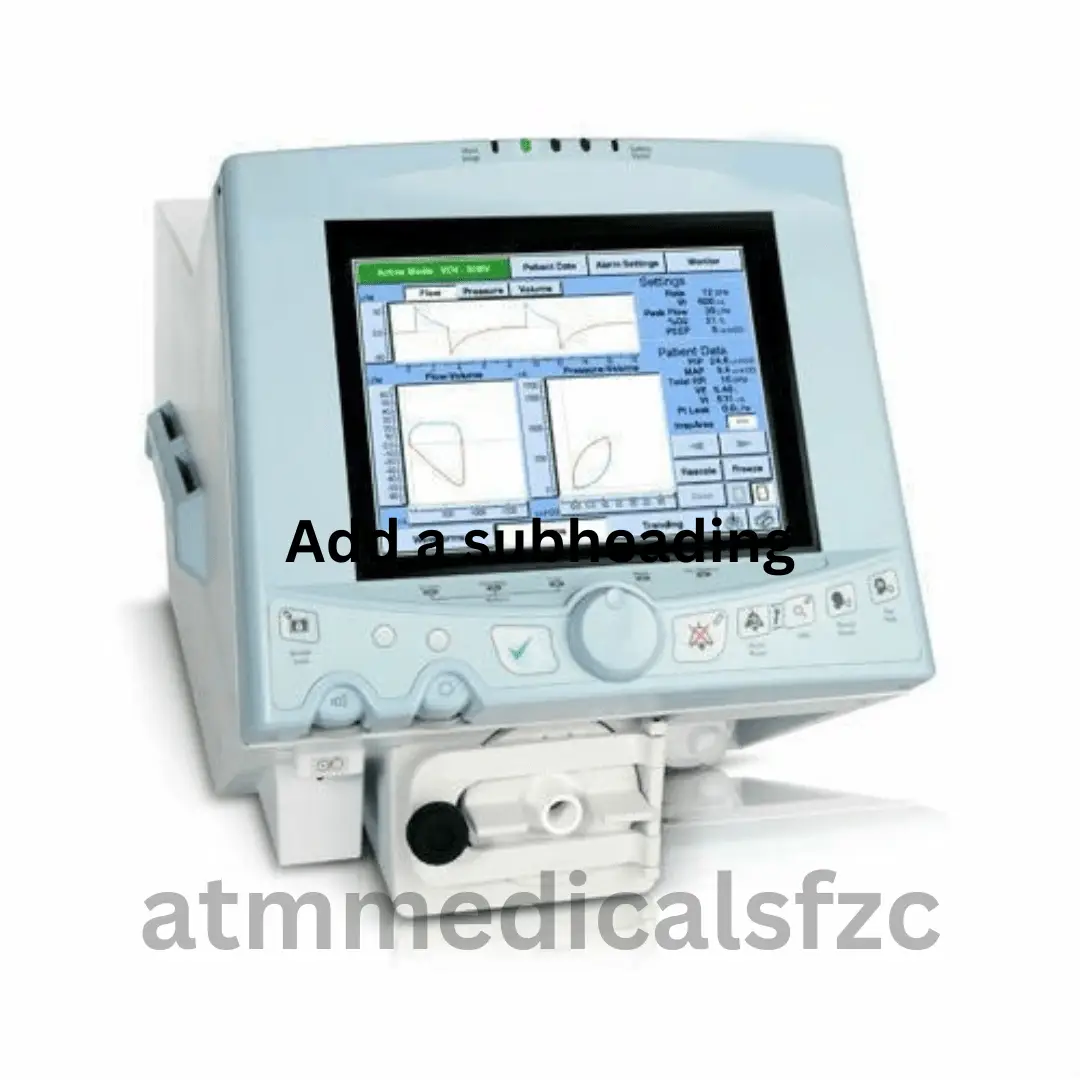


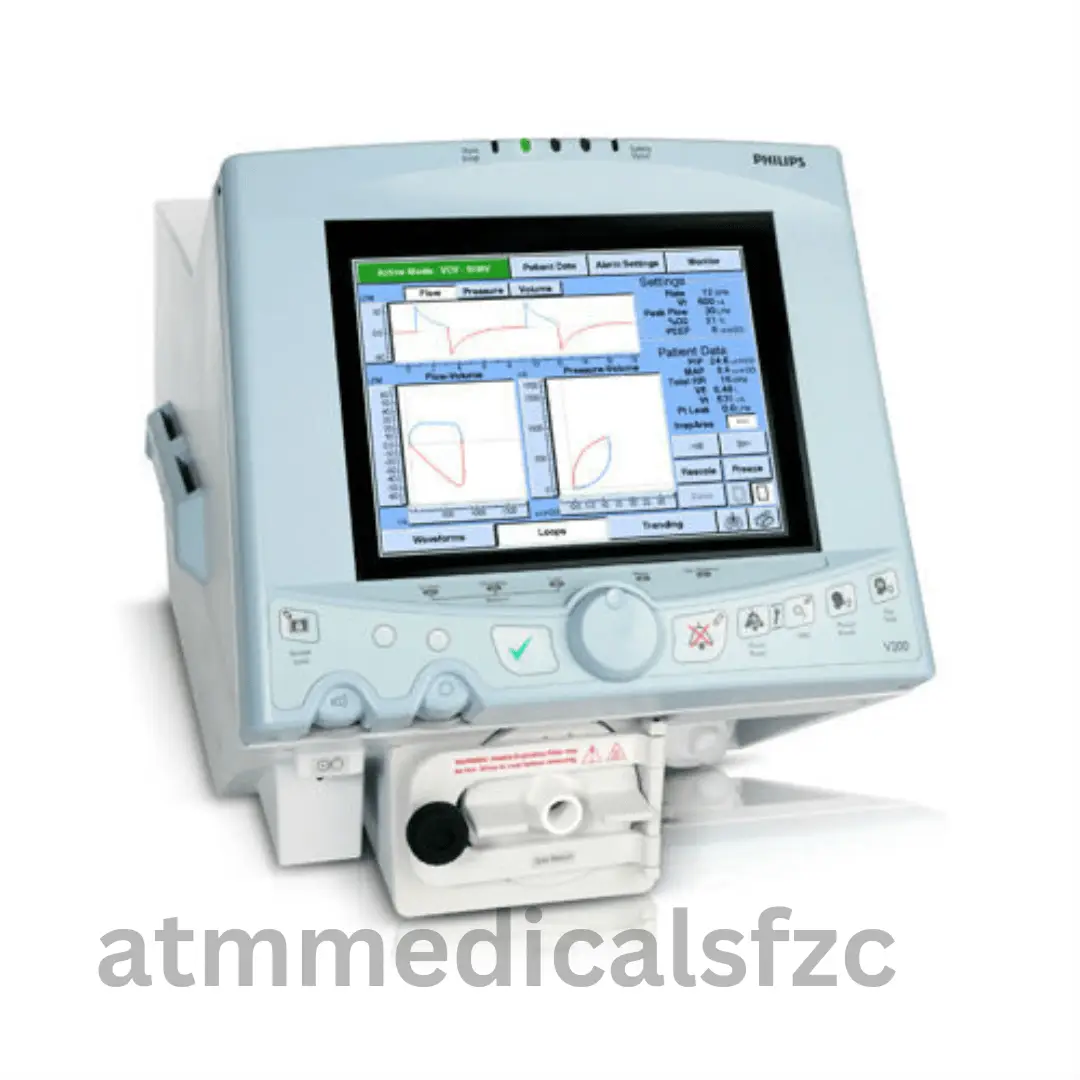
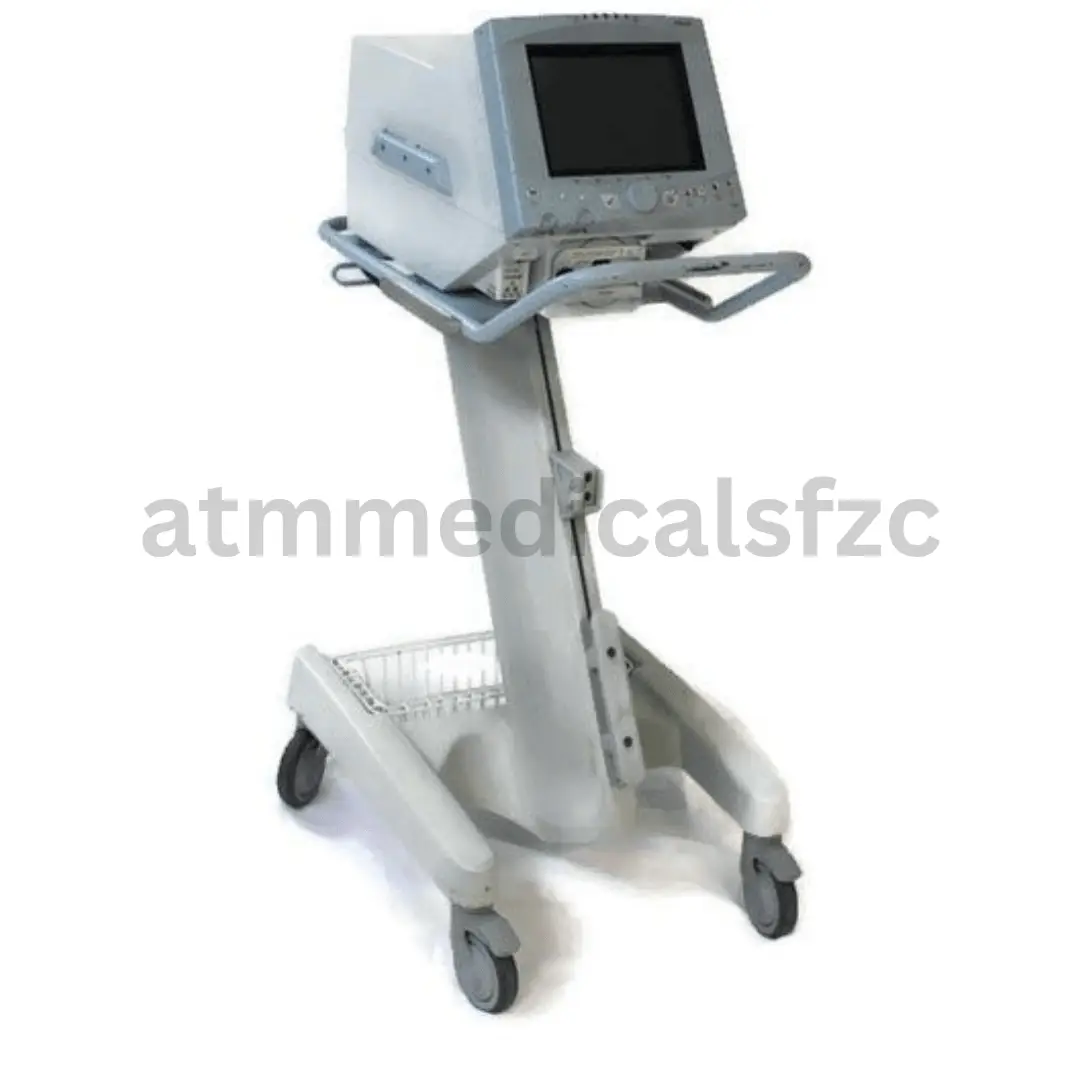
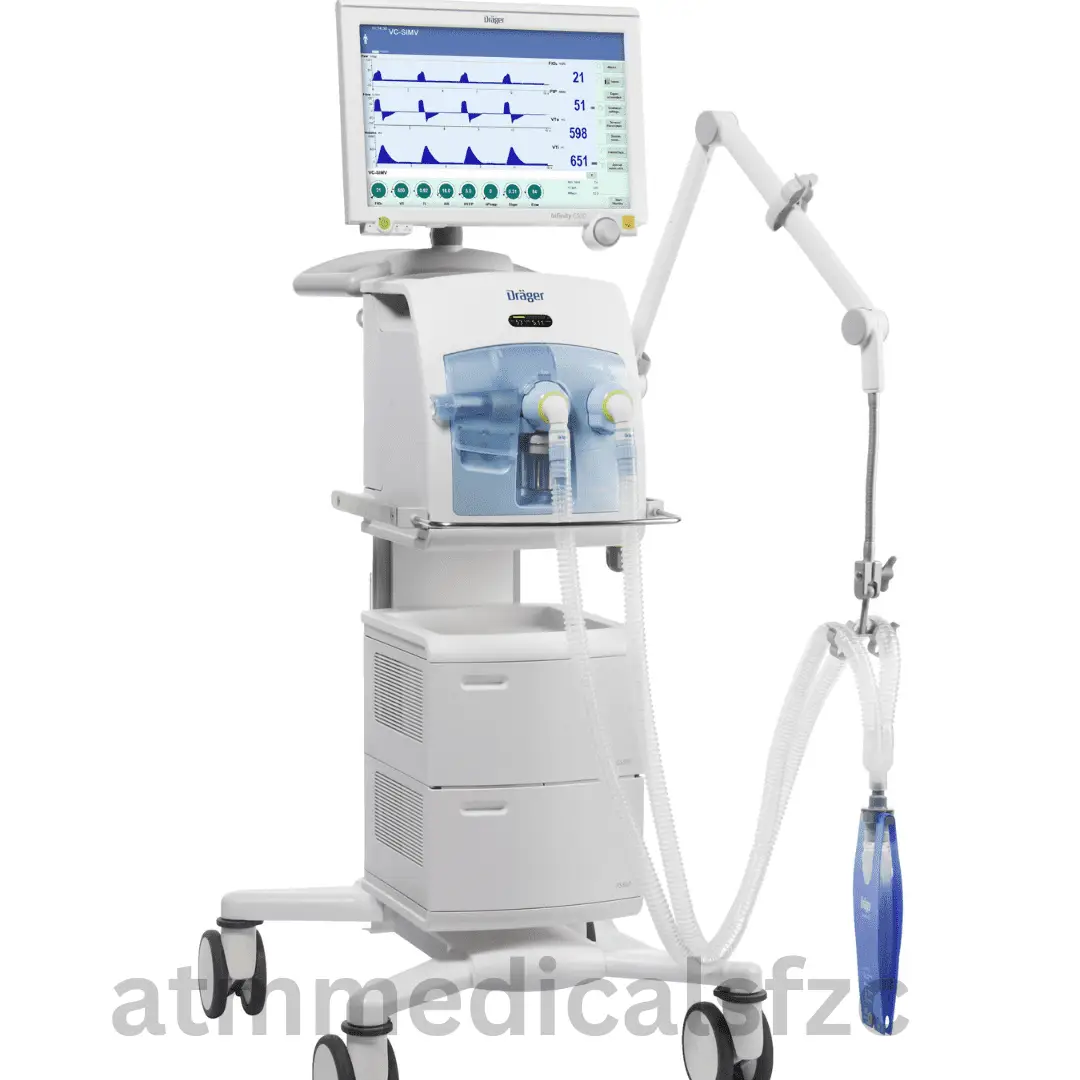
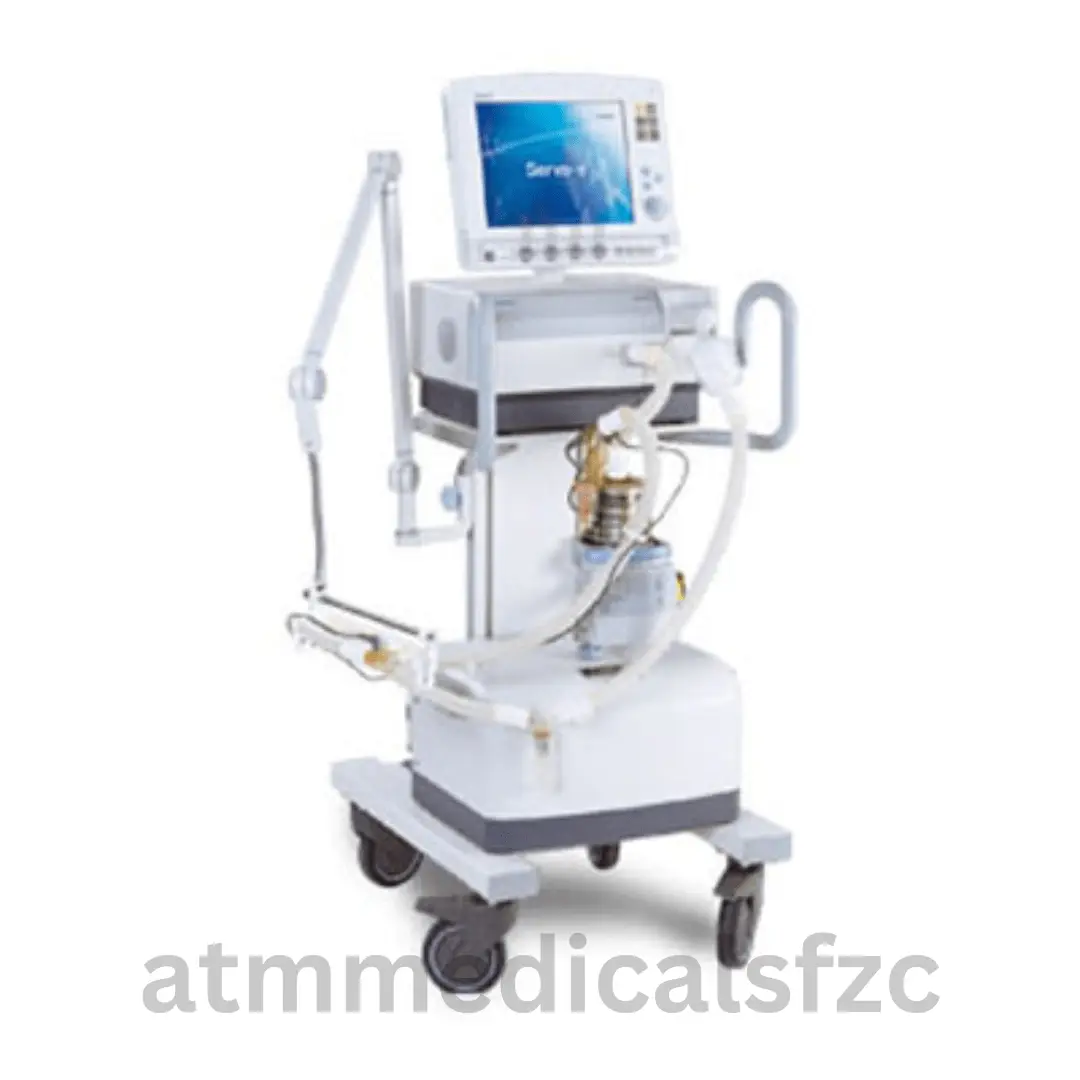

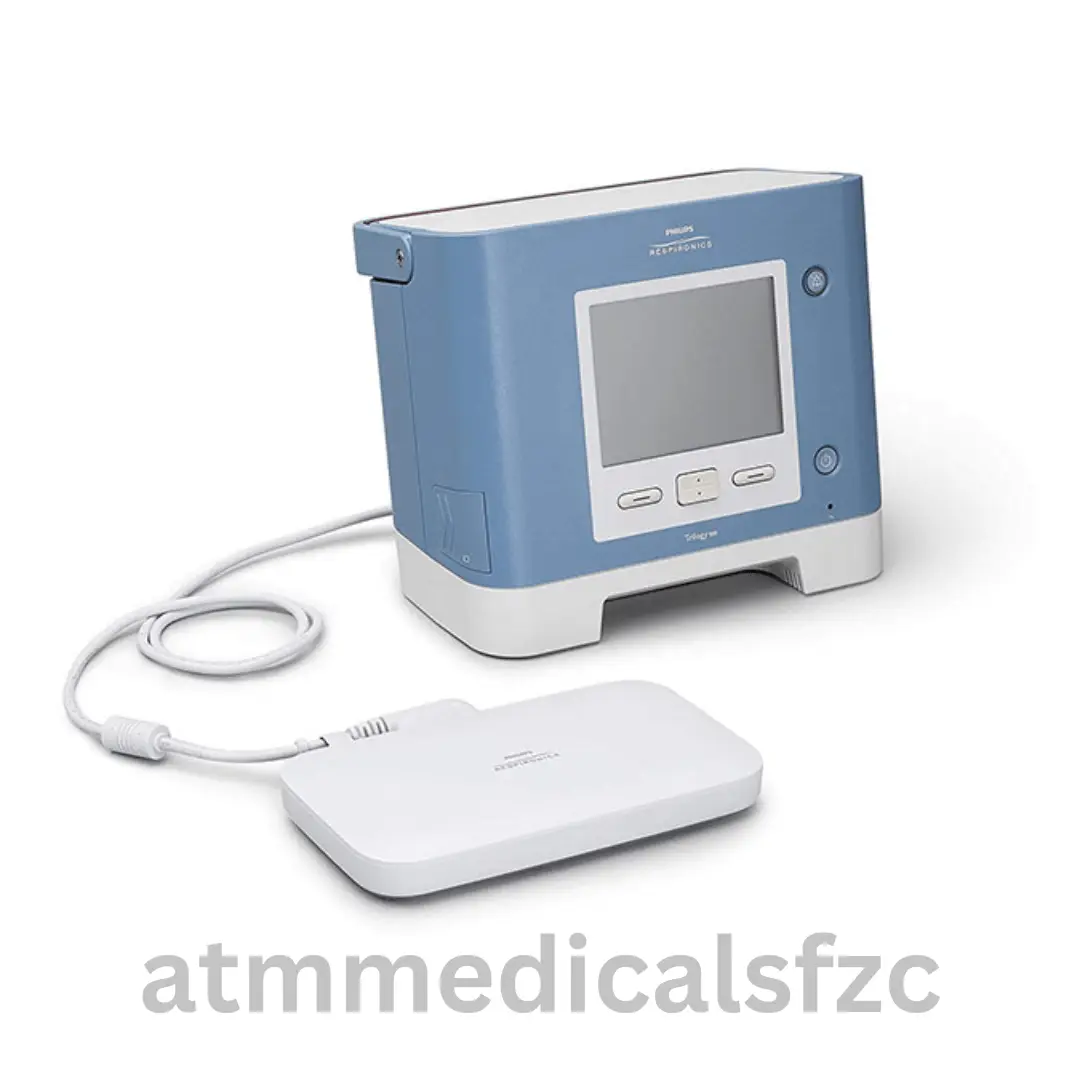

Reviews
There are no reviews yet.